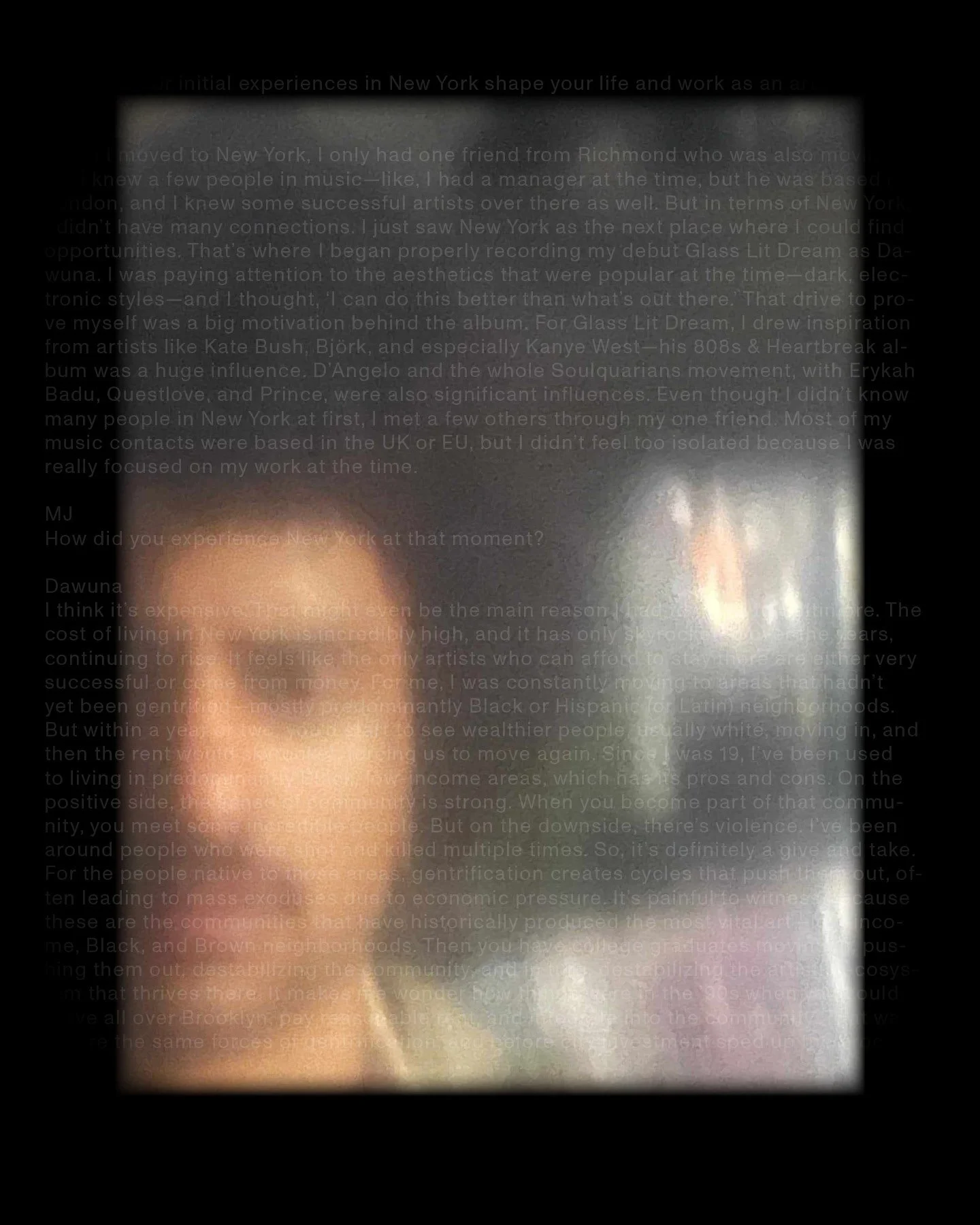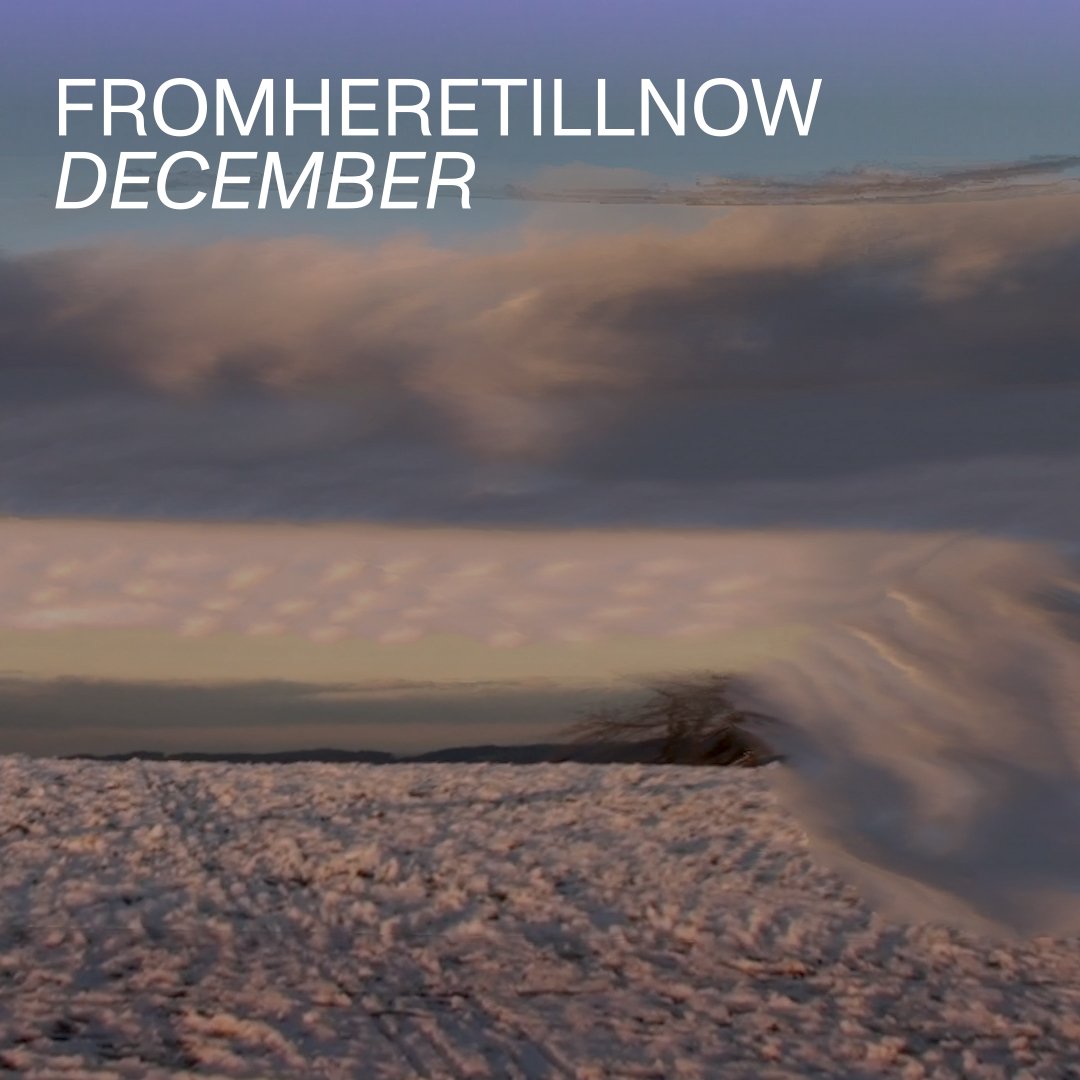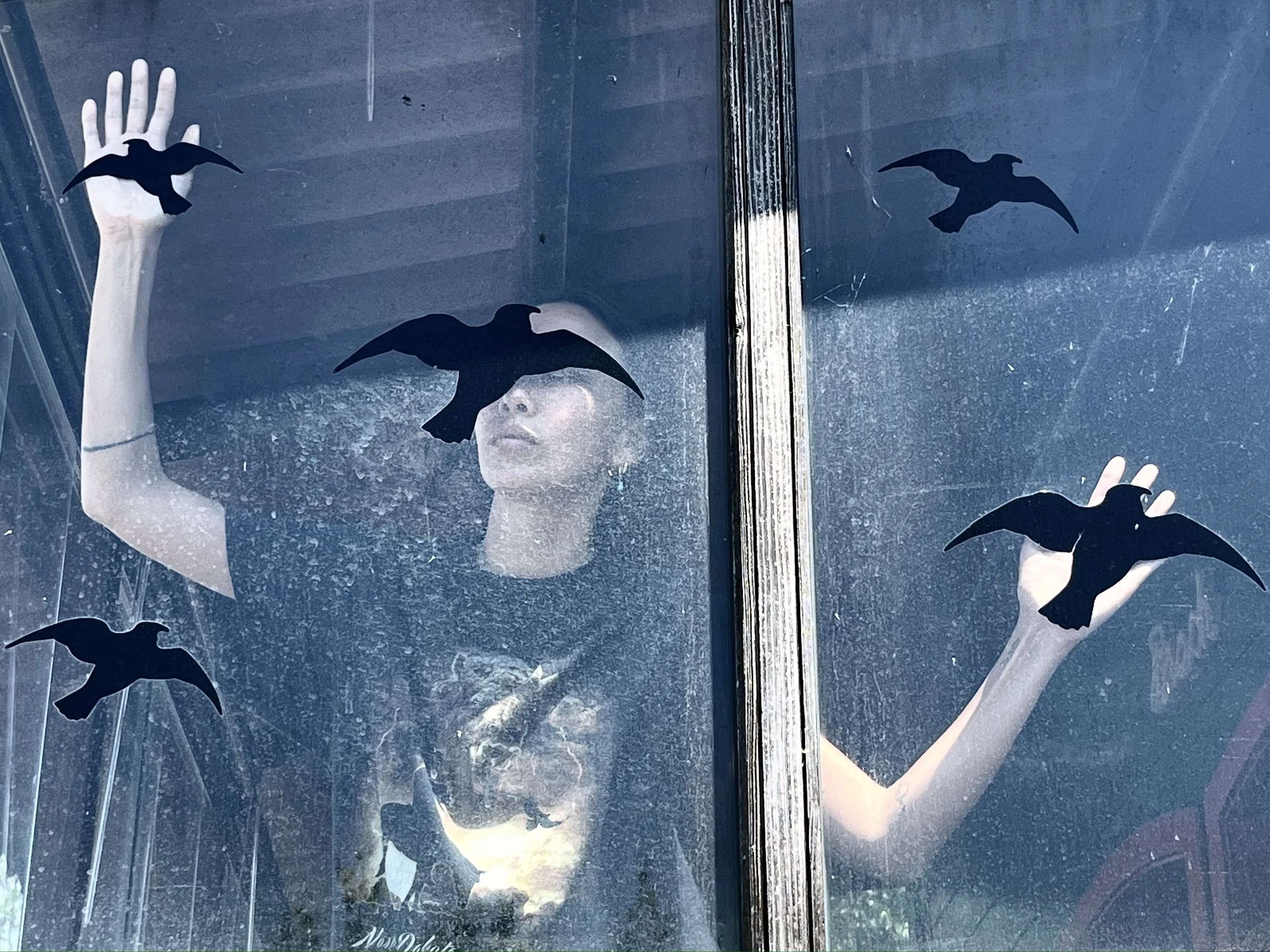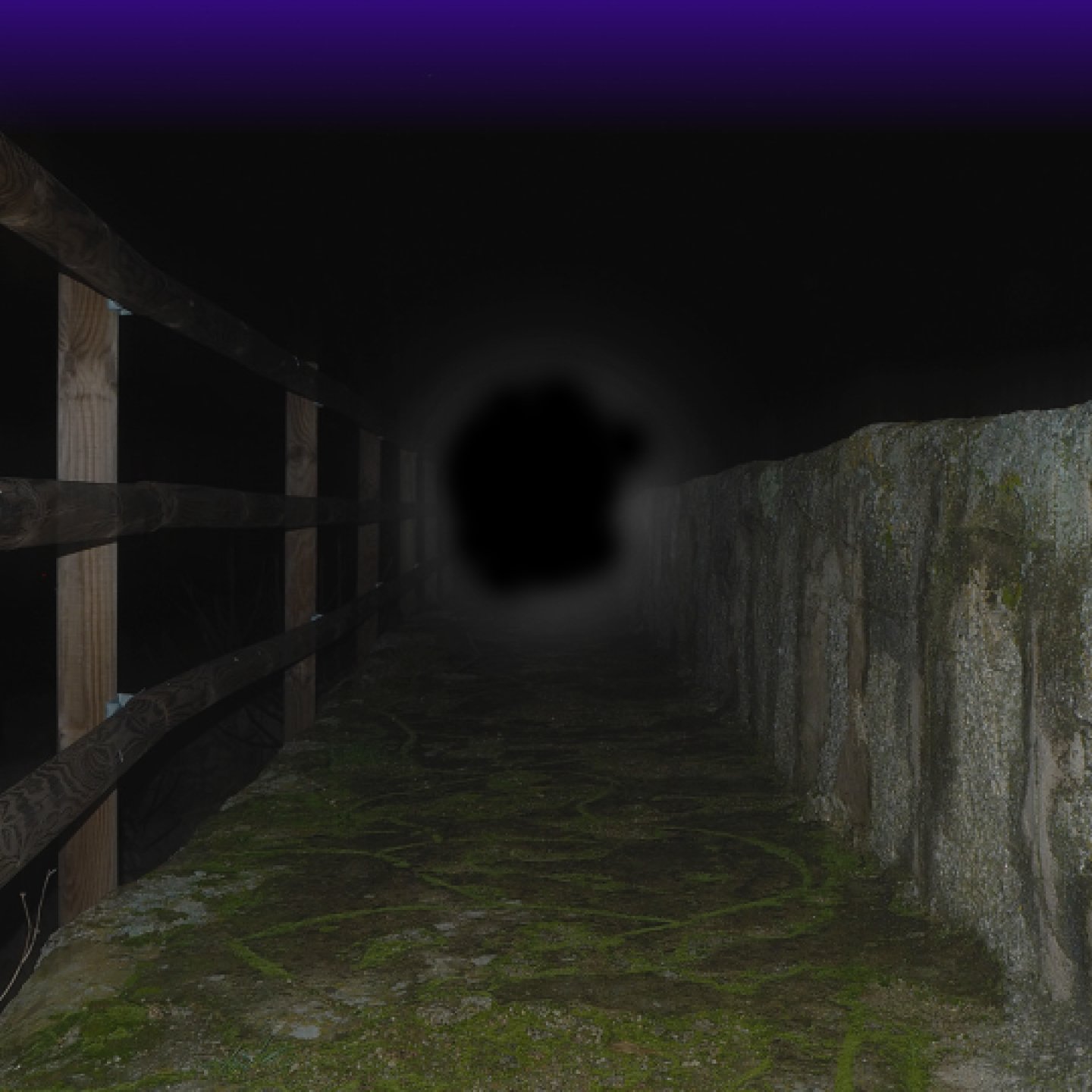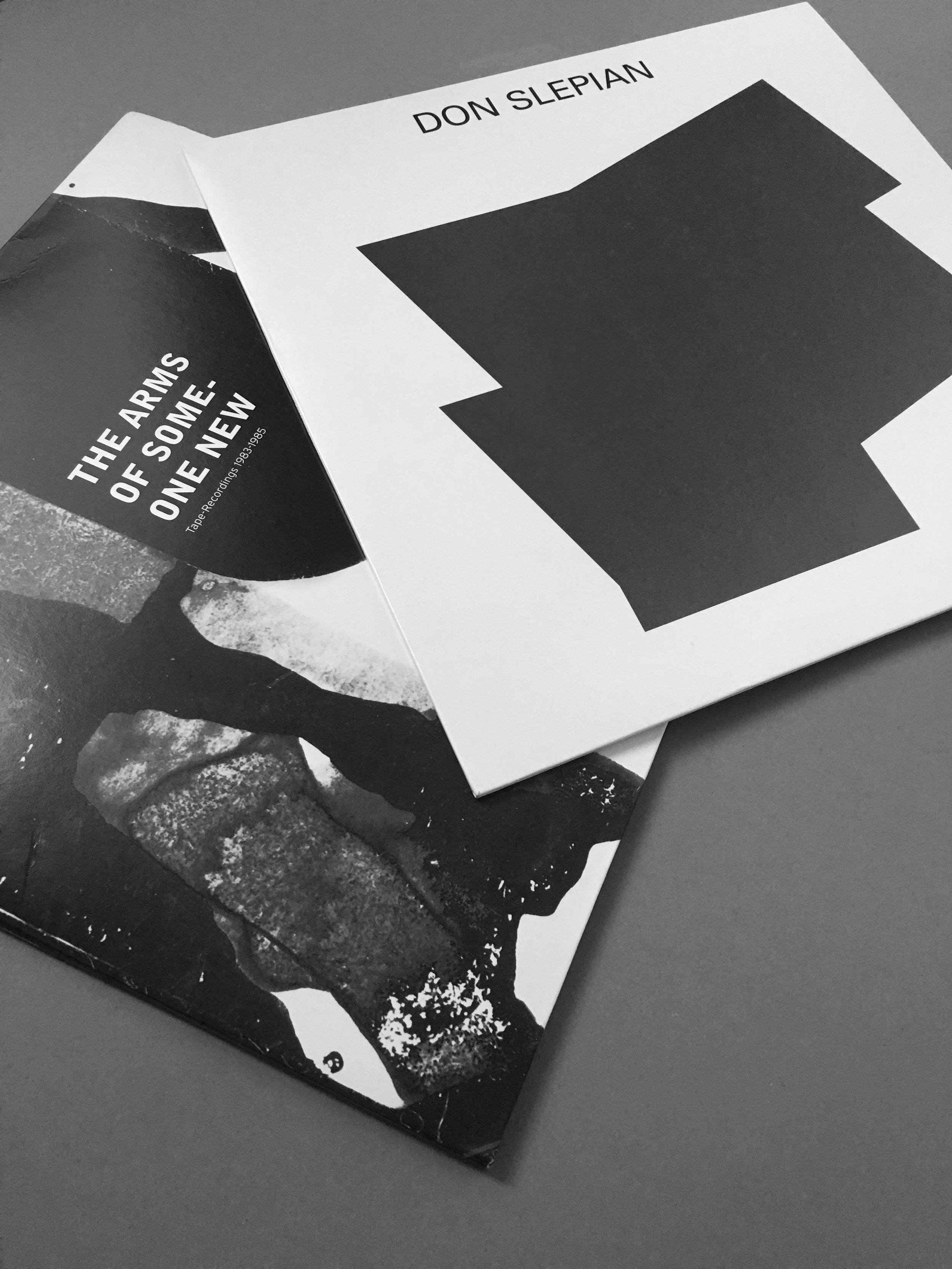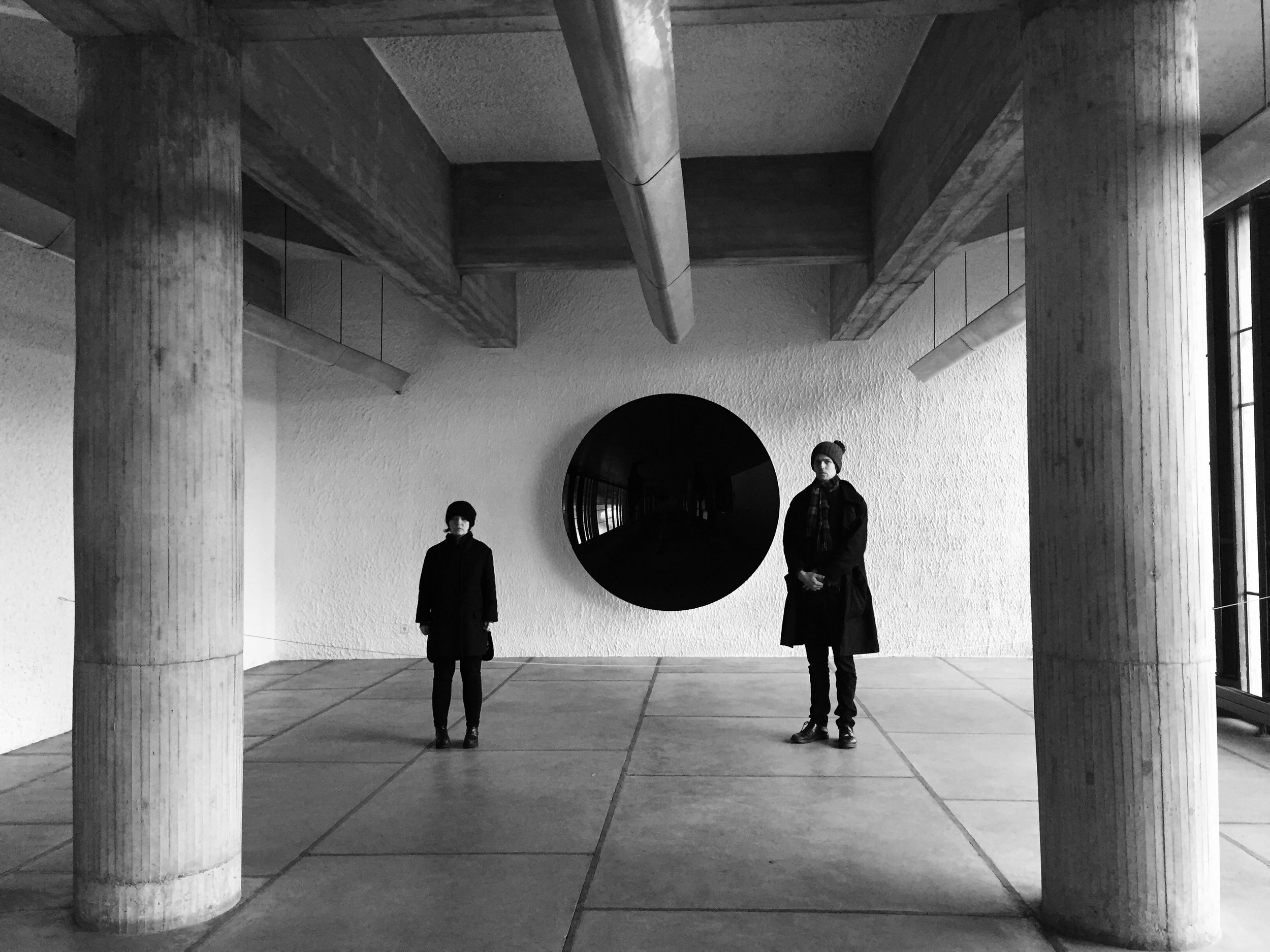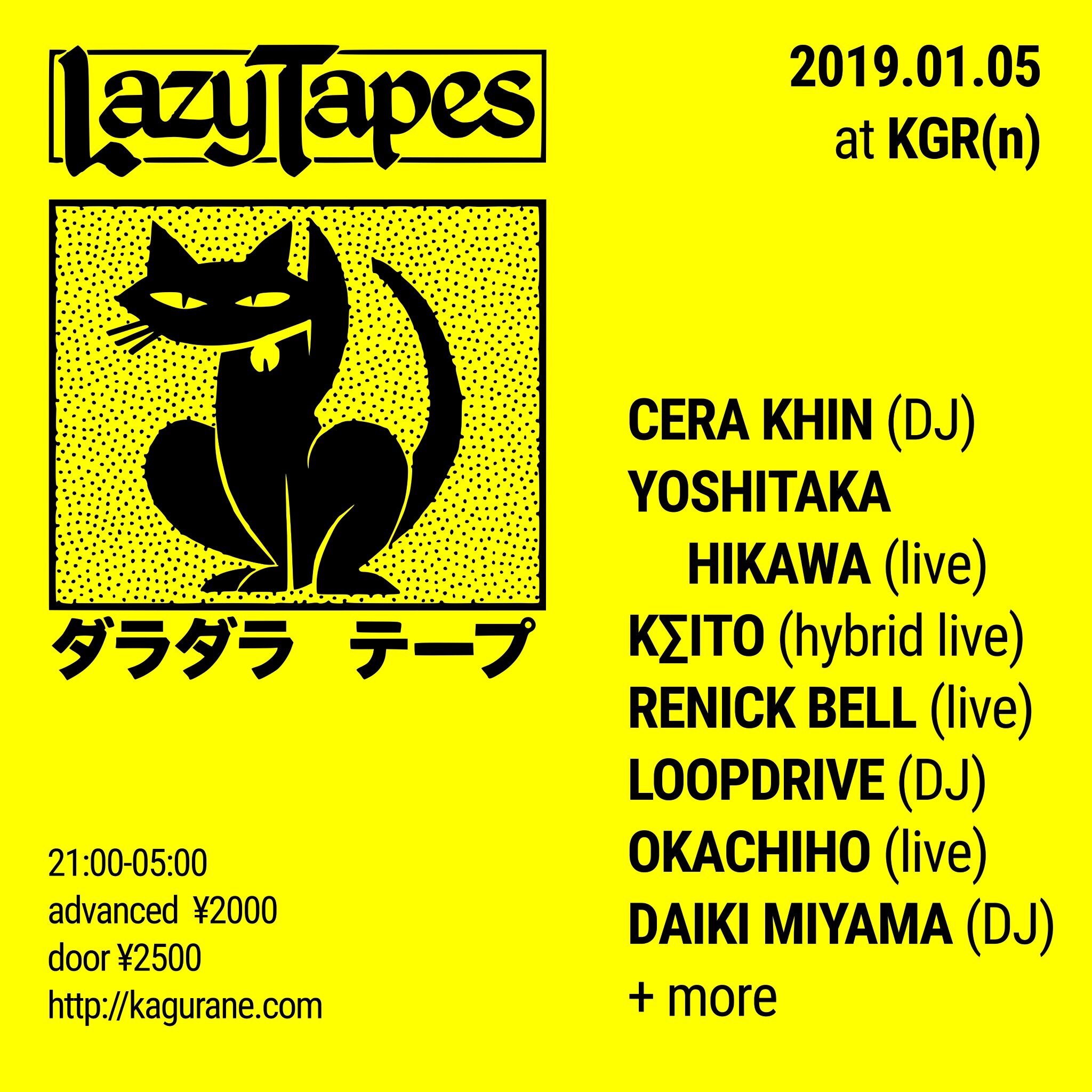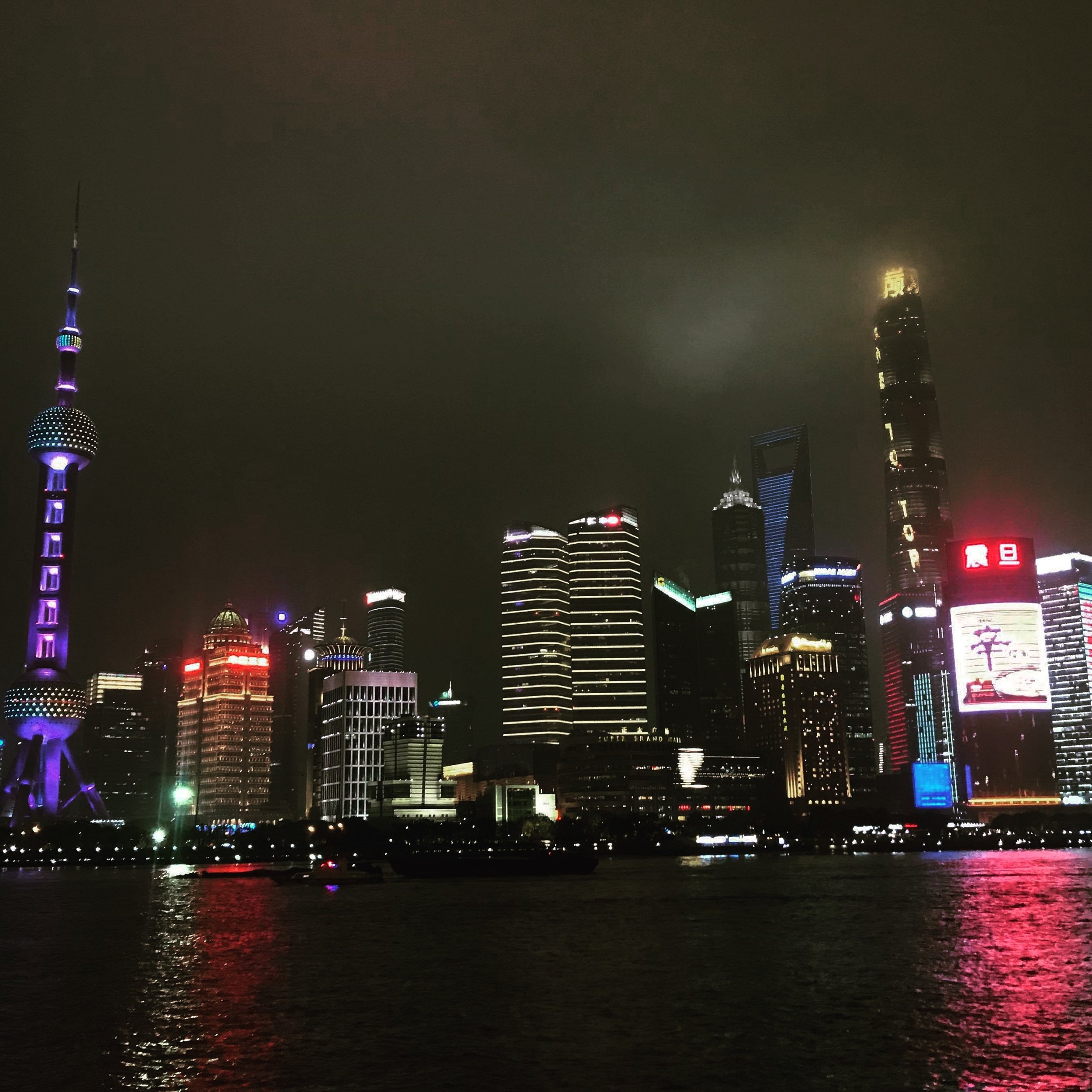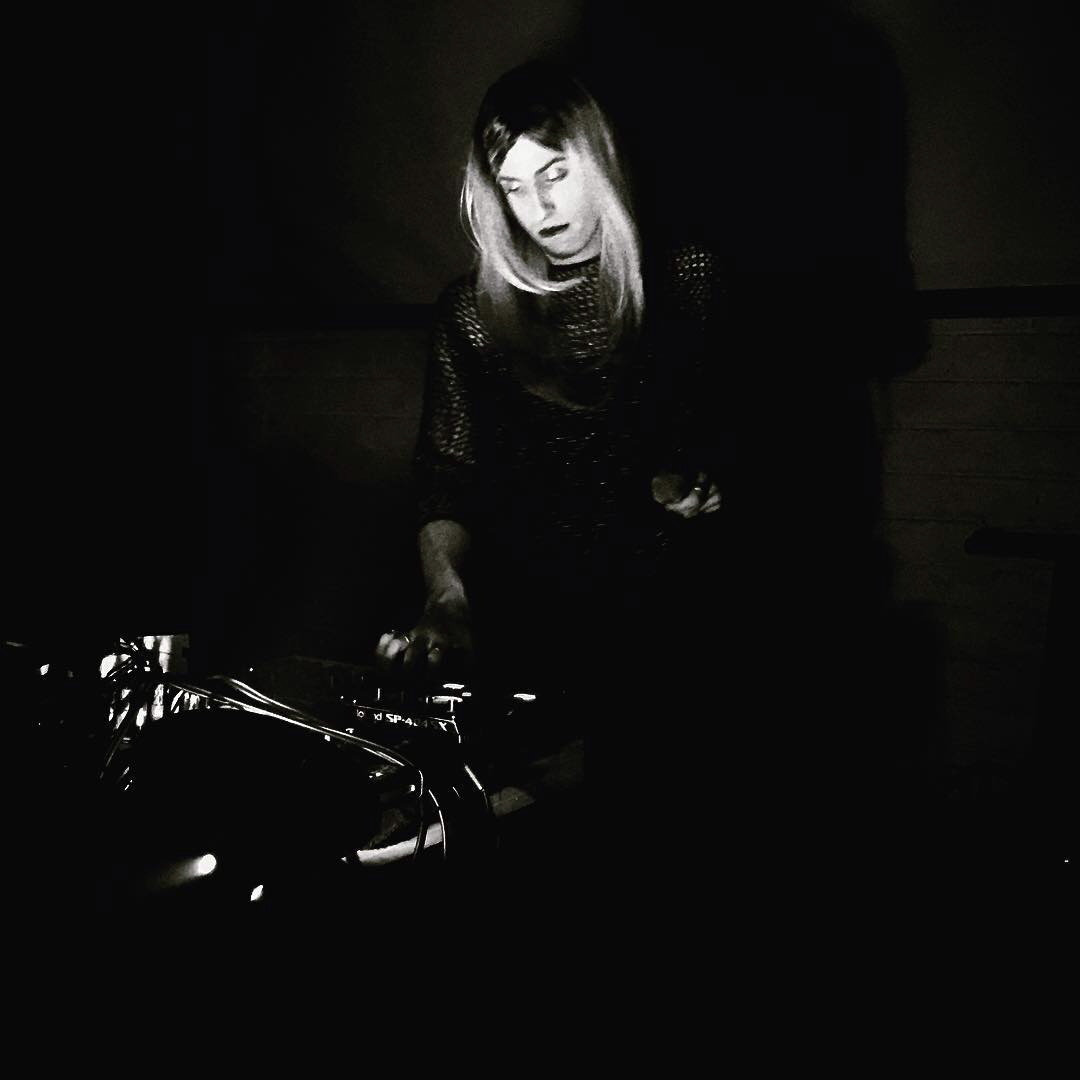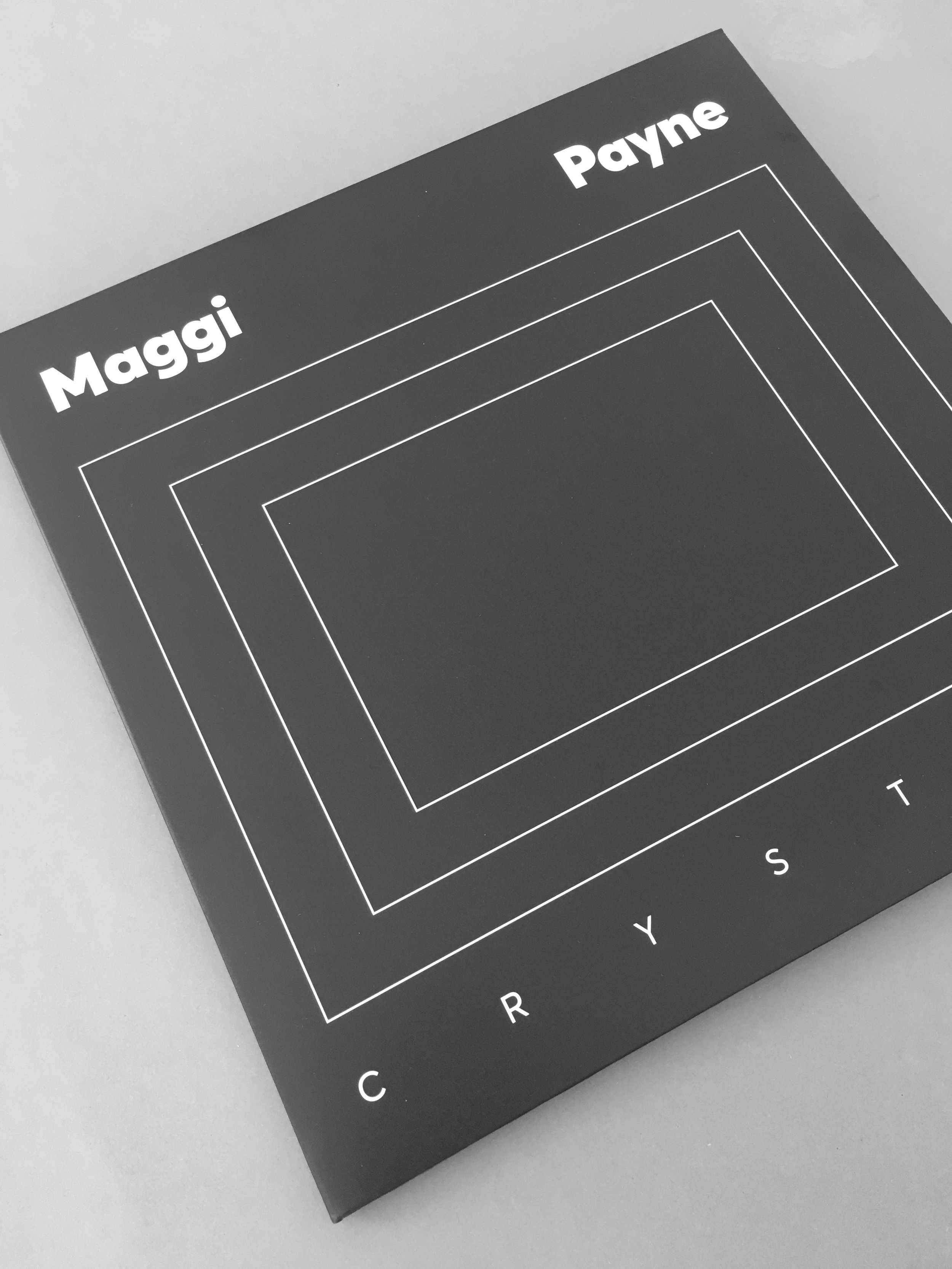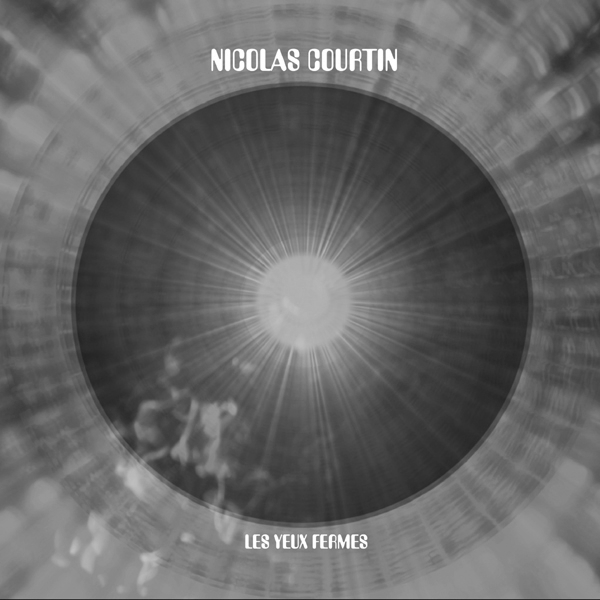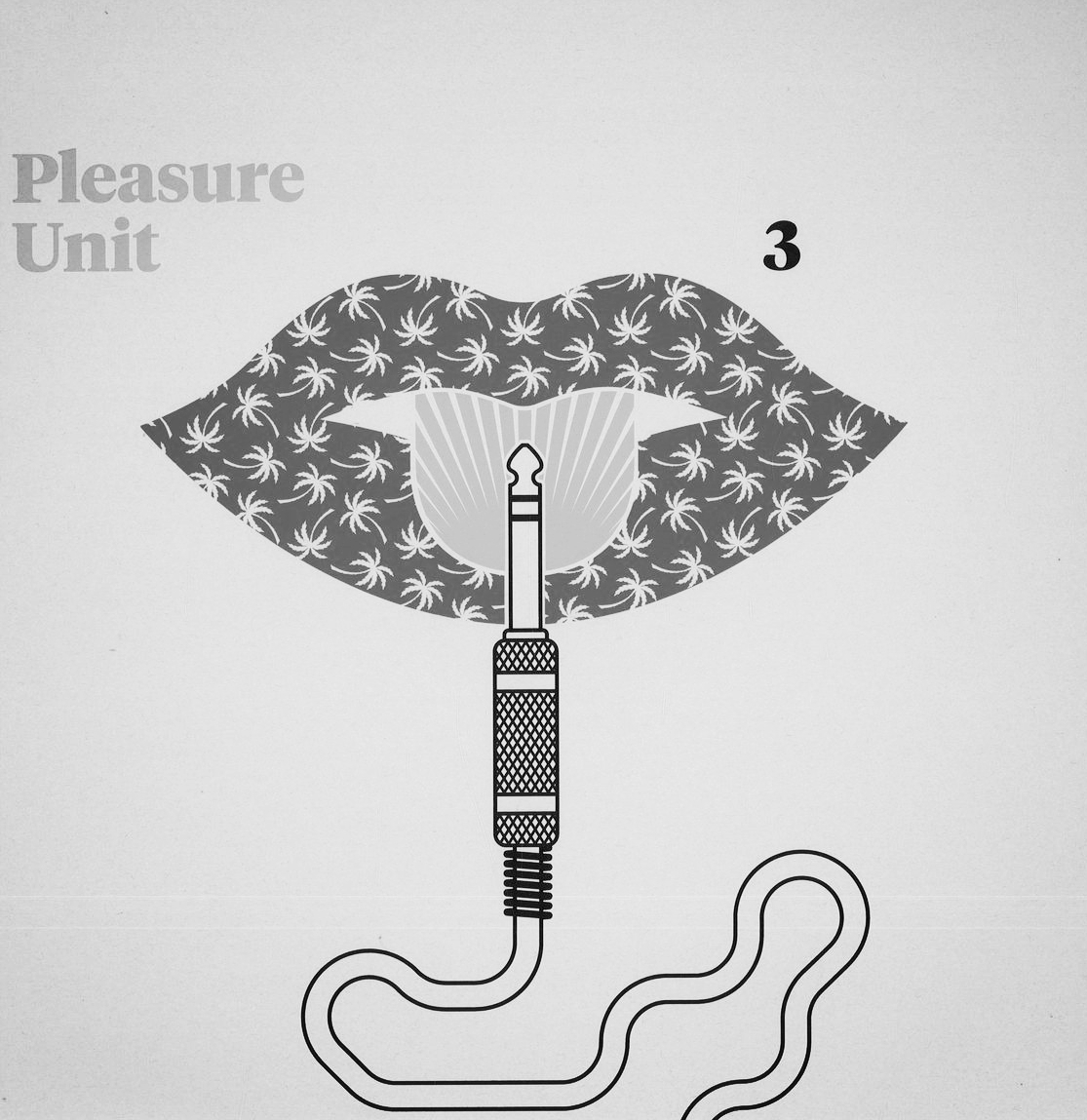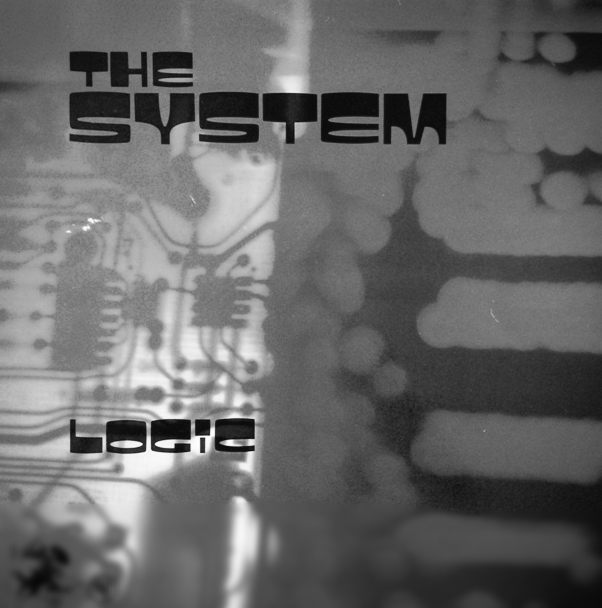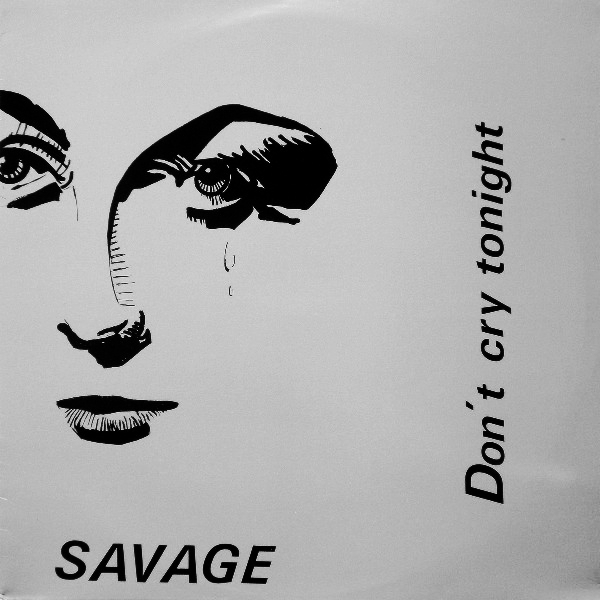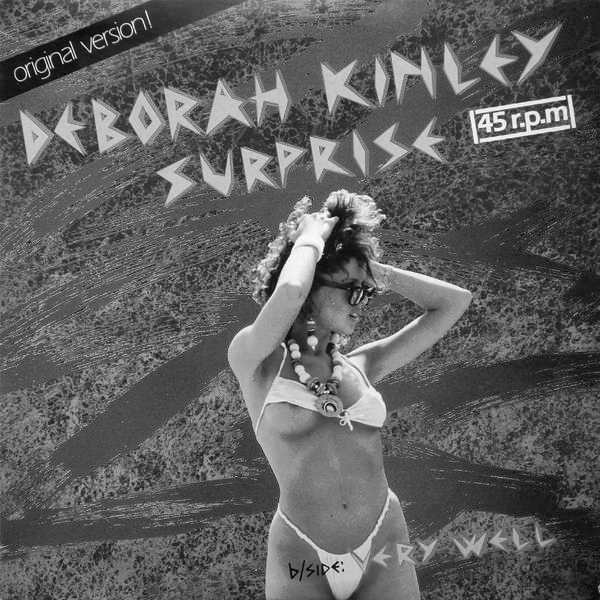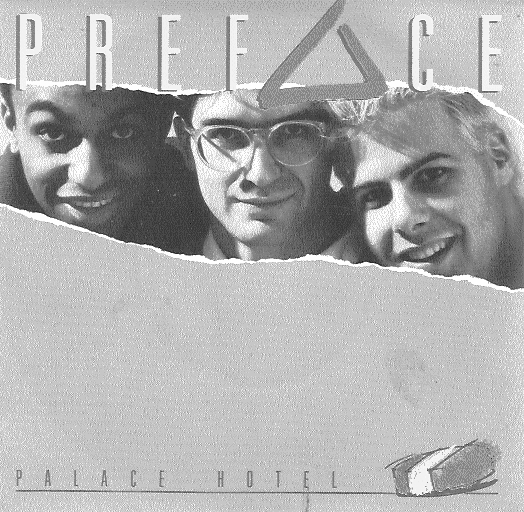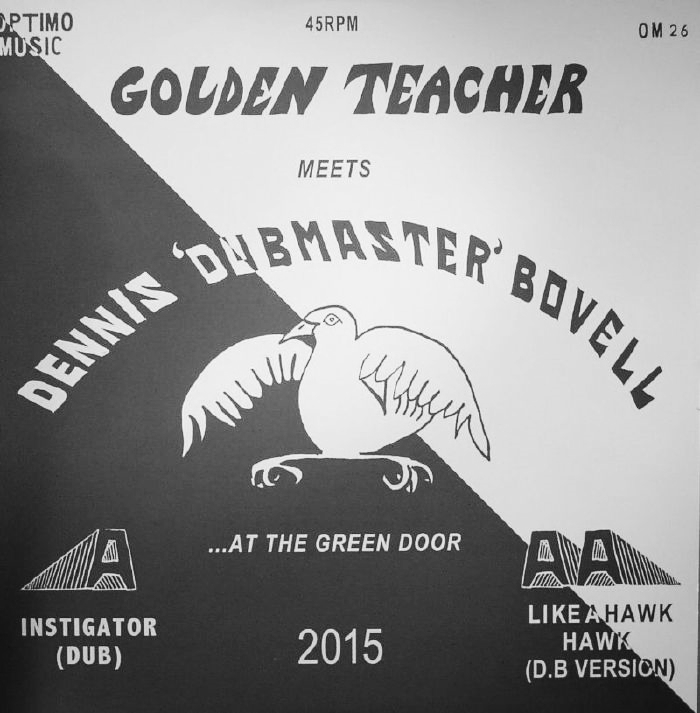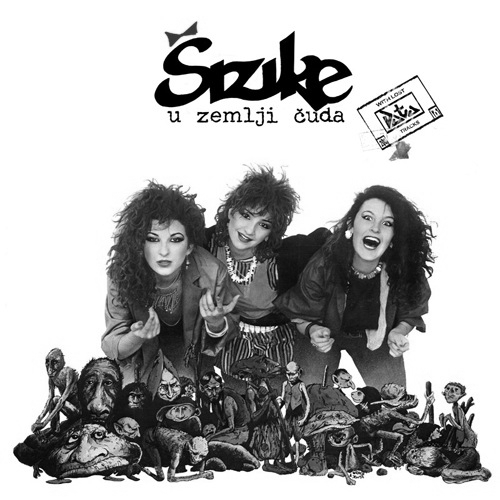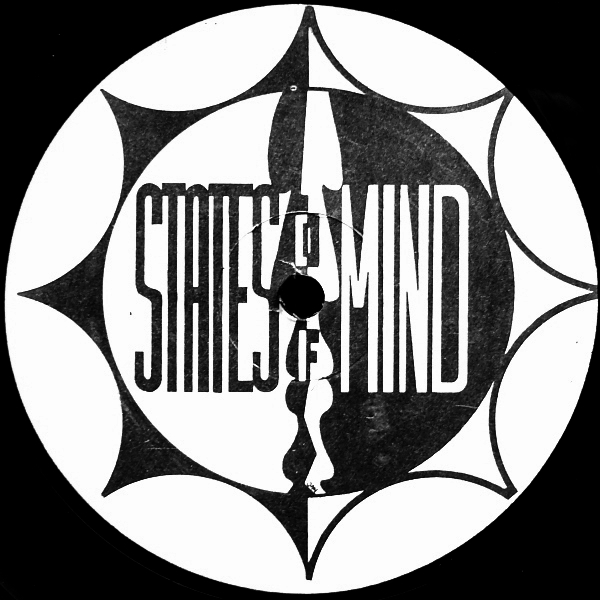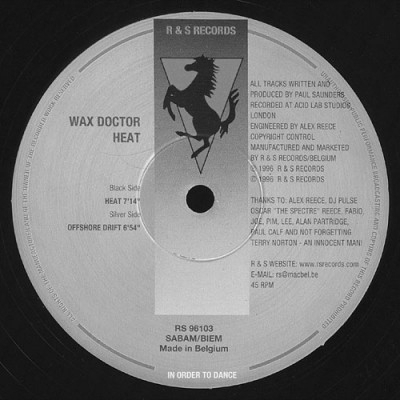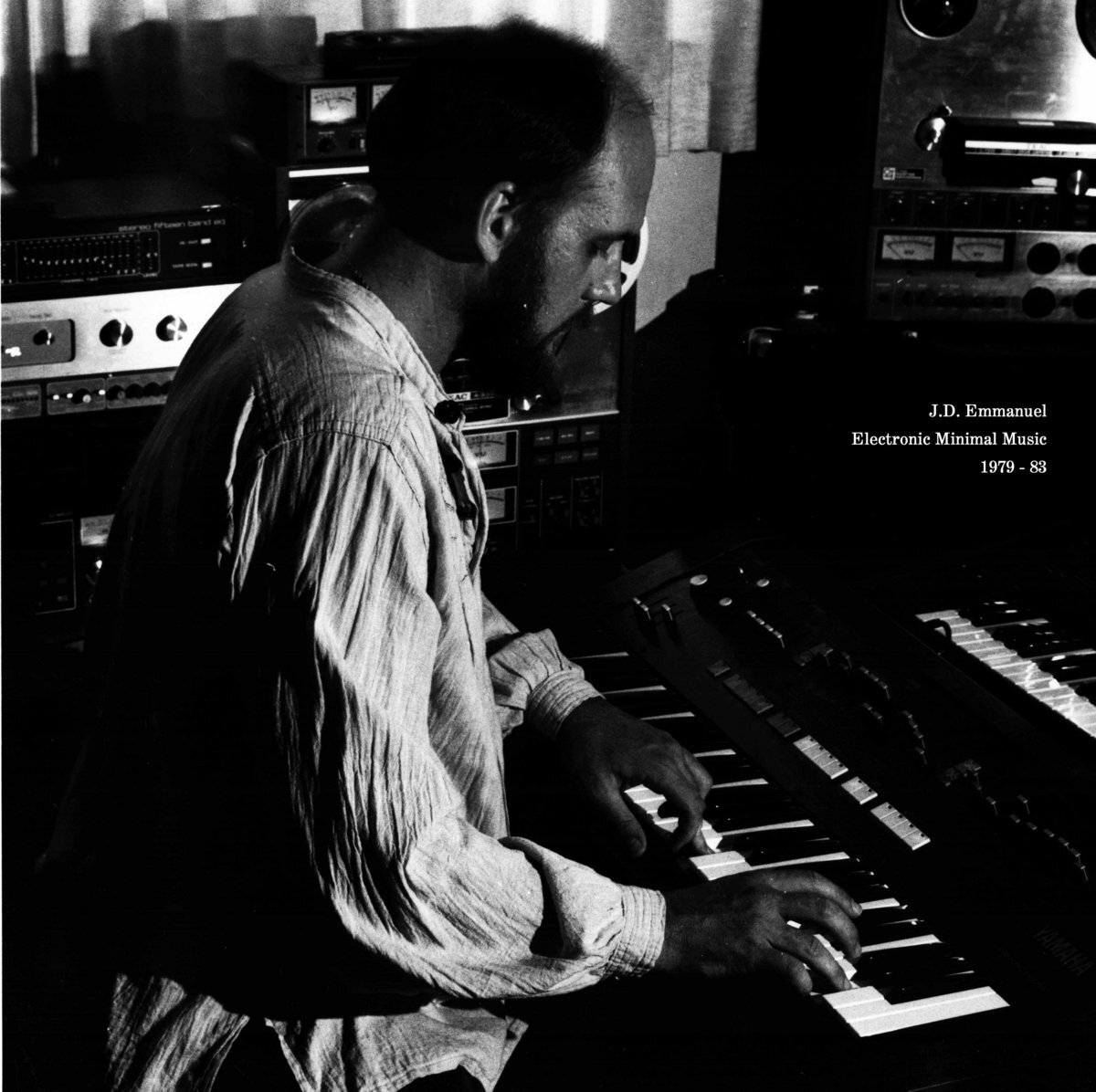images: marc jauss
translation: tina reden
editing: caspar shaller
The Zurich collective Kashev Tapes recently published the sampler Sonic Resistance in cooperation with the Polish platform Oramics. With the compilation, they want to support the Syrian resistance movement in Rojava. During a walk through concrete, bridges and barren meadows, I spoke to some of the members about the current situation in Syria, privilege in the Swiss club scene and visions for a new world order.
Introduce yourself briefly. Who are you?
♢: We are ♘, ♤, ♡, ♕, ♙ and ♢.
Which order this is in is not important. Of course ⚅ and ♧ are missing, they are drinking tea somewhere, 🀨 has to work and 🃟 doesn’t want to be part of our group at the moment.
♘: We are a loose group, different actors keep popping up, others disappear.
♤: We are not alone. For each other and sometimes against each other.
♡: We're Doomers and we’re Hyperactive.
♕: We are part of a scene that organises parties in off-spaces and squats, makes tapes, stages performances, hosts listening sessions, makes interventions, and causes property damage. We produce music, we are DJs, mothers, people in the care sector, technicians, activists, artists, we are friends.
What was the basic idea for founding Kashev Tapes?
♤: To give a name to our group. Something to build on.
♕: At the time we were doing listening / afterhour / parties in the bunker on sundays, in total darkness. Some of us organised illegal outdoor parties for several years. We were all interested in the medium of tapes, that emerged from punk&noise.
♡: We see ourselves as a network with political aspirations and a focus on electronic, experimental techno music. We are a collective with differences our common ground is to combine music and our political perspectives,and to generate publicity.
♙: We want to be able to get involved in different ways, avoid production constraints as much as possible, to be able to say no, to be unprofessional, endure dissonance, try out different forms of collectivities and care economies, be allowed to make mistakes.
♘: And of course the sound connects us, to not say music. A similar feeling for (the absence of) melodies, textures & structures.
What I always wanted to know; What does Kashev actually mean?
In Berlin there is a junkyard named Kashev. Is there a connection? :)
♢: Kashev developed from cashew, but that was too cute for us.
♤: Kashev means everything you want. But the junkyard is not far off.
♕: it is Swabian and means "no boss“
How important is the DIY idea for your label?
♘: We basically come from a DIY area and see it as an attitude that criticizes the consumer culture of capitalist society. From an artistic perspective it also a means to question the commercial industry and to look for other modes of production and ways of distribution of music and content.
♕: We are 100% DIY and 200% DIT (Do-it-together). Fuck the new world order. Fuck the police.
♤: I don't know, maybe we just can’t afford anything else and would actually like to be a bit less DIY. (everyone's laughing)
♢: Well, again and again the process of making itself is in the foreground - the social moments in which we exchange ideas and divide up tasks that we feel like doing and others that are a bit more tedious.
The "Sonic Resistance Compilation" has just been released. How did that happen? What exactly is it about?
♕: The idea was to support the freedom movement in Rojava (as the area in northeastern Syria is called in Kurdish) and to draw attention to the war of aggression that has been going on there since October 7th. And this in our musical environment, because we noticed that the topic is only relevant in a small circle of people.
The compilation was created together with the Polish platform Oramics, who are strongly committed to supporting female artists in the electronic music scene. How did this collaboration come about? (Where do you know each other from?)
♕: I wrote a piece on and with speech recognition systems. Disorder from FOQL (published on Always Human Tapes) accompanied me again and again. FOQL from Oramics was invited to the Rhizom Festival 2 years ago, where a few of us were involved. Since then there has been a connection.
♢: At Total Solidarity Compilation we were asked to contribute with a couple of tracks.
♡: In October I booked isnt a party at umbo. During that weekend we also organized a queer-feminist vinyl and modular workshop in an art room with her. That's how we got to know each other. Since the collaboration has been very pleasant, we asked Oramics for support with Sonic Resistance. I also have a certain connection to the Polish scene because I am originally from Poland.
The compilation contains 90 tracks by various artists from home and abroad.
What parameters did you set yourself when choosing? Are they all people in your area or have you made specific inquiries?
♘: All artists are directly or indirectly part of our networks. We decided against an open call because we would need a lot more time for that - e.g. to master the tracks. During the curation, it was important to us to achieve a gender balance.
♕: We actually didn't take the time to come up with a curatorial concept because everything was supposed to happen quickly. We wildly contacted the artists - almost all of them within our network. oI don't know exactly what happened at Oramics, but they also contributed with a lot of artists from Poland.
♡: Gender balance is fundamentally important to us, we don't work without it. And from my perspective, there were also specific inquiries. For example to the Music, Awareness & Solidarity with Rojava Revolution compilation by Female: Pressure - a wonderful concept album in 2016.
What is the current situation in Syria and what is happening in Rojava right now?
♙: After the major offensive at the end of last year, the Turkish occupation is now pursuing a delayed tactic. The state of war is normalized, whether in everyday life or here in the media. But the next major offensive is expected to happen soon.
The war against the Rojava project continues unabated, even if the coverage has disappeared from the daily press. It is no longer the massive air strikes that are supposed to force people to flee, but the increase in violence in the form of attacks on their daily life such as attacks on water reservoirs or wheat silos, kidnapping, torture and direct artillery attacks by the Turkish army and their jihadist allies. Since October 9, 2019, the Turkish military has crossed the Syrian border and launched an aggressive war. These attacks on northern Syrian cities, i.e. the civilian population, have increased again in the past few weeks. In the past few days, civilian settlements in three districts have been the target of massive artillery fire. The artillery bombardment serves to expel the population in order to expand, re-colonize the Turkish-occupied areas and prepare for their annexation. Hundreds of thousands of people have been displaced since the attacks began. In addition, more and more people from the contested region of Idlib are arriving in the autonomous regions in Northeast Syria. They are fleeing both the protürkish jihadists and the bombs of the Syrian regime.
Turkey does not attack Rojava for no reason. In this territory, Kurds, Arabs, Yezidi and others have been building a system of self-government for seven years that is unparalleled in the world. As pioneers and creators of the Revolution of Freedom, it is primarily women who express their strength against this policy to protect the achievements of the Women's Revolution. Rojava is an expression of what social values, women's liberation, self-determination and an ecological, gender-free society - with all its contradictions - can look like. A clear alternative to the state, patriarchy and capitalism.
With the invasion of northern and eastern Syria, the occupying forces want to exercise their power over the societies in the Middle East. The latest alliances and agreements between Turkey, Iran, Russia and other countries are based on the abolition of the self-government system established in the region. At the same time, they want to use this occupation and attack plans to destroy Rojava's positive results in order to reaffirm their hegemony in the region. While the Erdogan government has openly announced this war and its plans for occupation, we have seen in recent weeks that the international community - including the UN - has been reluctant to speak out against the war of aggression, since they too are profiting from this war and co-financing Erdogan’s war of occupation through the EU refugee deal.
You can find more information at:
rojavaagenda.noblogs.org
rojavainformationcenter.com/
anfdeutsch.com/
The revenue of the foundation goes to the Free Woman Foundation in Rojava.
What is the purpose of this foundation?
The Free Women's Foundation in Northern Syria / Rojava, the Weqfa Jina Azad a Rojava (WJAR), supports women in Rojava and Northsyria on an economical, social, cultural and political level, as well as in issues of health and education. It empowers women in their fight against structural violence. The foundation also supports the development of a freedom of thought and of a free personality for women and children (and therefore indirectly also of men). The work of the foundation is aiming for independence, social participation and women’s activities leading towards a new life designed by women. A fundamental goal of the Foundation of the Free Woman is to support women and children in need in Rojava and northern Syria with new personal social projects and support existing projects that aim to support common goals. These include the development of women-centered health work, the right education and training for women, and the development of an alternative solidarity-based community through the establishment of cooperatives.
The work of the foundation is based upon the cooperation with women, organizations and people with different ethnic backgrounds, that support a democraticand ecological society where women are liberated.
What is your position regarding issues concerning the LGBTQIA* community. In the current discourse it is incredibly difficult to behave correctly. Dialogue is often lacking. How do you deal with it?
♕: The caution, you may be talking about could be productive.
♘: On the other hand, many people have to deal with caution or even fear every day because they have a marginal or even no voice in majority society - which can be for homophobic, sexist, racist or other discriminatory reasons. It's a good thing that certain people have been starting to speak up in the past few years. Even if to some people it seems like a feeling of discomfort is being democratized that way.
♢: This topic has to be addressed and everyone who tries to do so should be given constructive support.
♙: Your feeling should also be taken seriously. However, the conditions under which such a dialogue could take place must also be taken into account.
I now would like to address the privileges of the Swiss club music scene.
I notice that it has been a trend for a while to stage political statements and underground clichés.
I often wonder where such changes really happen. What are your observations?
♙: We also see that. Perhaps this trend could be seen as a general reluctance to submit to consumer culture. It is of course a farce if only the symbolism is adopted or personal profit is at the center of that work. Of course the question is what does it mean to „really do“ something.? If we talk about political activism, I believe that there is still a gap between the artistic, academic and musical environment and the possibility of making a political commitment.
♢: It is not only wrong if a politicisation initially mainly appears as an aesthetic category. This is how many people started to be interested in political issues.
♘: In addition to the representational level, it is important to us to also consider other parameters: How is something organised? Who can participate? How do we talk to each other? Who feels comfortable in the spaces that we create? We do stand for exclusive spaces, even if that means that some of us cannot always participate.
♕: It is important for me to mention that we don't want to canonize ourselves
or claim that we have found the Philosopher's Stone. We also reproduce injustices, whether this happens in everyday life or on a structural level. What's important is the ability to listen, to accept criticism and not to look for excuses. The remark that we are accumulating symbolic capital with such a compilation may and should remain in the room.
A lot has happened here in Zurich in recent years. There are many interesting labels, festivals and artists with international reputation. I currently notice an anti-attitude towards regular clubs. How do you experience the scene here in Zurich? What has to change?
♤: Clubs, just like concert halls or events, have the property of being active in the sphere of the consumer world. Culture is consumption, which mostly corresponds to a capitalist logic and offers a platform to place statements: For example, a "No Sexism Policy" can offer the possibility to make statements through booking policies and to create awareness around that topic.
♕: Yes, it means exposing yourself and position yourself politically, which is not always economically profitable.
♘: The local club scene is led by people - mostly guys - who were in the right place in the 90s and 2000s, had the necessary capital and filled the gaps that Zurich had at that time. They have defined, dominated and reproduced their style ever since and see themselves as part of a "functioning" market economy. Not much more will be happening around there. They have to adapt to the conditions, and pay wages, take care of equipment and rent. There is no time for self-reflection.
♡: On the other hand, the sound is already developing, we can see that. It just needs more crews who dare to hit the streets again.
What needs to change? Not more than a complete restructuring of society with a whole new set of values. That's utopian, but that's why we're interested in Rojava.
Many actors in the cultural scene are dependent on subsidies. If you don't want to submit to capitalist structures, you need a lot of energy. Energy that should actually flow into making and not in endless applications for competitions and submissions. I often see burnouts and a high level of frustration at not being enough. Many jobs are done on a voluntary basis and without payment. What's your opinion?
♤: Yes, just work less. (everyone's laughing)
♘: Political work in a radical sense can not be rewarded with money. That would be a paradox in itself. I see my musical work in a similar context.
♧: On the other hand, as a professional musician it is hardly possible to forego subsidies. Maybe we only think that just because we live in Switzerland.
♙: Not submitting to a capitalist logic is a difficult and perhaps even impossible endeavor, which the subsidy logic fits right in. In the capitalist logic, we are constantly confronted with the contradicting messages "you will make it" and "you cannot make it", which are part of this frustration and drive at the same time. A structural problem is thus being individualized. Creating and testing solidarity structures is perhaps one way of making, also on a musical side, which then also throws energy back and is more sustainable than capitalist forms of recognition.
♙: Yes, but we have to be clear about our position, none of us is living off the music we make. Actually everyone has another job to cover the basic needs.
What's next with Kashev Tapes. What are your plans?
♘: A next meeting where we reflect on the compilation and plan further steps.
♧: We want to make the bunker ready again so that our listening raves can happen again and we have a room for musical exchange again.
♕: Several releases are already planned. There are also solidarity raves that we organise with our friends.
Are we all already dead or is there still hope for humanity?
♘: There is no option.
♙: yes & no :(
♧: In no case are we all already dead. There are movements that stand for a liberated and equal society, this is where we have to beginand think further.
♕: As Mark Fisher said, quoting Frederic Jameson, "it is easier to imagine an end to the world than an end to capitalism”. He locates this inability in what he calls capitalist realism.
What are you dreaming of?
♤: Change the world without taking over power .. (everyone laughs)





